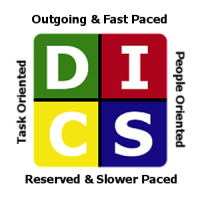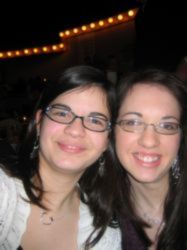In one way or another, I have commented on this common difference between people in this blog and in other articles. It seems that I have, in many cases, made the point in an indirect way. Today, I … [Read more...]
Communication Tips: Connecting With Reserved, Task-Oriented People
One way to improve your communication effectiveness is to communicate in a way that best fits the other person's DISC behavioral style. When you find yourself communicating with a person who is … [Read more...]
Communication Tips: Connecting With Outgoing, Task-Oriented People
One way to improve your communication effectiveness is to communicate in a way that best fits the other person's DISC behavioral style. When you find yourself communicating with a person who is … [Read more...]
The DISC Model of Human Behavior – A Quick Overview
As a teenager and young adult, I thought people were totally irrational and unpredictable. In my thirties, I learned about patterns of behavior that people tend to follow in many areas of their lives … [Read more...]
Better Relationship Tips For Task Oriented People: Redefine Your Task
This week, I was on the road conducting Bud To Boss training. As I called home on Sunday evening, I found myself unable to listen to my wife telling me about her day. Try as I might, I could not … [Read more...]
Do I Really Have to Work With People?
I prefer to be alone. I value people. I respect people. I can appreciate people. I don't necessarily like people. I am doubly task-oriented. That means I have significantly more task orientation … [Read more...]






